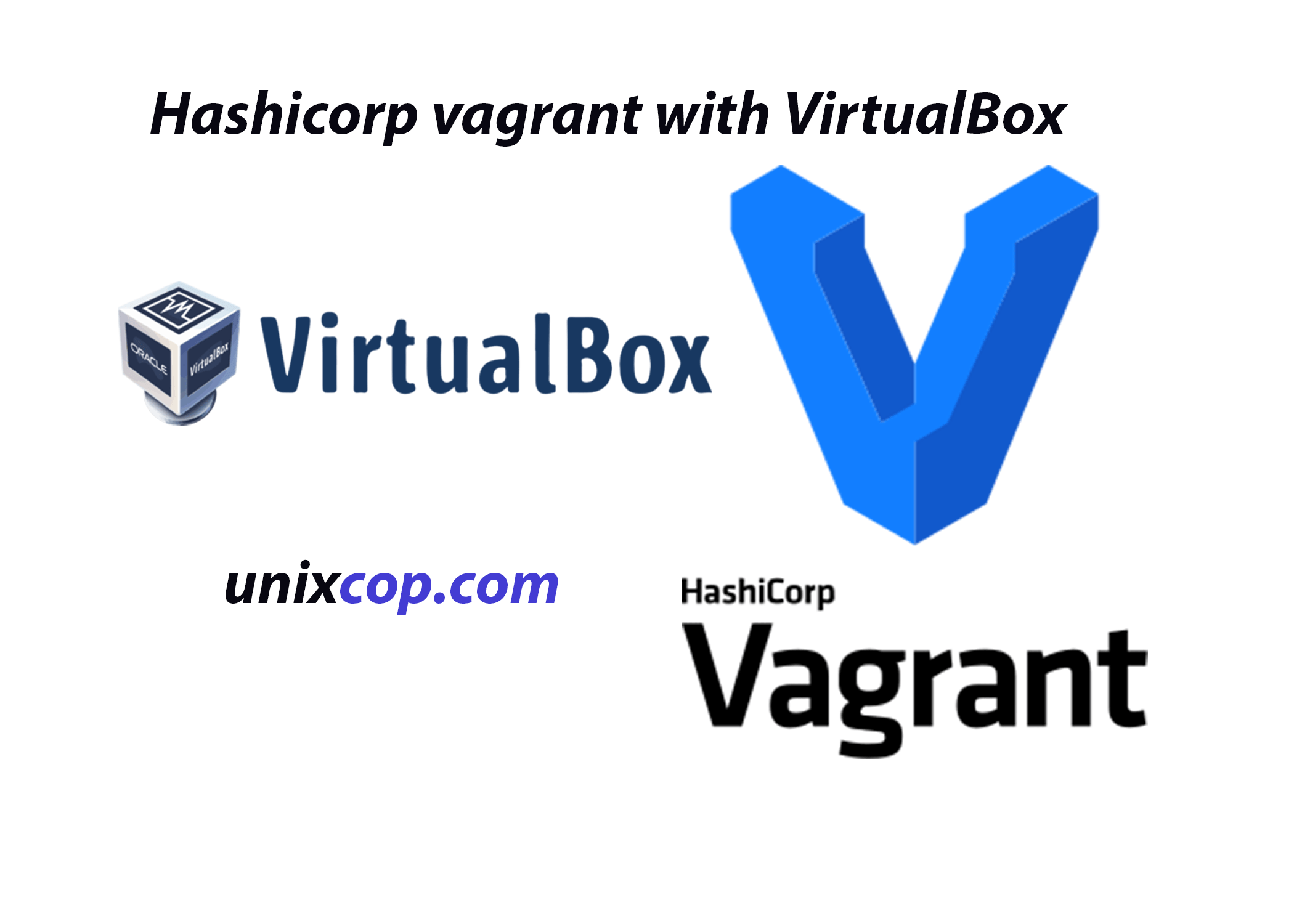
, Vagrant looks only at the latest available version, in this case 0.3.0 -Vagrant does not add all versions.

When adding such a metadata with vagrant box add.
#HASHICORP VAGRANT ARCHIVE#
box archive only states the provider for which the box was built and is inconsequential in our discussion of creating and handling custom boxes.īelow is an example of a box metadata file (named metadata.json) listing three different versions of the box. box file archive and the box definition metadata file, often itself named metadata.json, are entirely different, unrelated files. Note that the metadata.json file contained in the.
#HASHICORP VAGRANT DOWNLOAD#
box file, and download it, but we are spared these details and only see the resulting Vagrant box being added to our environment. Of course, the very first thing Vagrant does when it encounters this file is to search the JSON for the latest available version, find the URL of the. Look at the contents of the file that is saved it is metadata JSON. Take the target URL from the output of the box add command and fetch it directly using wget: wget Now, you can press Ctrl-C to exit this because we don't want Vagrant to actually add the box we just want to see what it downloads. First, run vagrant box add and look in the first few output lines: => box: Loading metadata for box 'hashicorp/precise64' (The other fields can be assumed with a default, and the box version is not supported in this case.) As a fun exercise, you can verify that adding Vagrant boxes from Atlas using the common box naming convention (e.g., hashicorp/precise64) actually downloads the metadata JSON, not a. box file directly (which does NOT contain this metadata), Vagrant requires the additional command line argument -name. box file and a checksum for that version and provider. Each provider section states the location of the. The JSON definition also states the box name and a description field, along with listing the available versions of that box, each version potentially supporting multiple providers. The natural target for the command vagrant box add is a JSON definition for the box, wherein the location of the. box file directly at all, although it is capable of doing so. In fact, the canonical method for adding a box to inventory does not target the actual. box file to a special location on your hard drive, but also looks for additional metadata to extract and use. When you add a box to your system with vagrant box add.
#HASHICORP VAGRANT MAC OSX#
box file using the tar command in a Linux or Mac OSX terminal: tar -tf any-box-file.box You can see this for yourself by viewing the contents of any. A Vagrant box is literally just an archive containing a virtual machine configuration, a virtual disk, and some other metadata files. What Exactly Is a Box? What Is Box metadata?īefore we go any further, let's understand what, exactly, a Vagrant box is and how your system uses it. A network proxy illustrates this decision: Does your team have a Vagrant box with the company's proxy preconfigured, or does every Vagrantfile configure the proxy individually for each project? Distributing and maintaining a "company Vagrant box" that supports every team and project is cleaner than policing each project's Vagrantfile to be sure that customization scripts are updated regularly and applied consistently. The approach here is all about managing your environment and planning ahead. Many customizations are simple to apply with a shell provisioner called from Vagrantfile or a Chef recipe, but many are not. There are various reasons for needing a custom box, such as if the virtual machine should be loaded with a special application "run" user, configured with specific yum mirrors, or have the firewall configured in a certain way.

Why would a development team want more control over its Vagrant boxes or want to create a custom box? This scenario may arise when a specific OS distribution or configuration is not available through the normal channels.

I will also introduce Packer as a tool to create a Vagrant box, and I will finish with an example for managing Vagrant box versions and distributing updates in a team setting. What are your options? In this blog post, I will explain what a box file is and how you can have more control over your Vagrant workflow by creating your own box. Or you need a way to clone a virtual machine for parity with the production environment. For instance, do you find yourself installing or removing packages or fixing packages to specific versions to get parity with your production platform? Or maybe you need more extensive auditing over your environment, such as when you (or your customer) can't trust a third-party box vendor. Or maybe it has too much, and you need something simpler. So, you're using Vagrant, and maybe you've even read my earlier post on it, but your Vagrant box doesn't have everything you need.


 0 kommentar(er)
0 kommentar(er)
